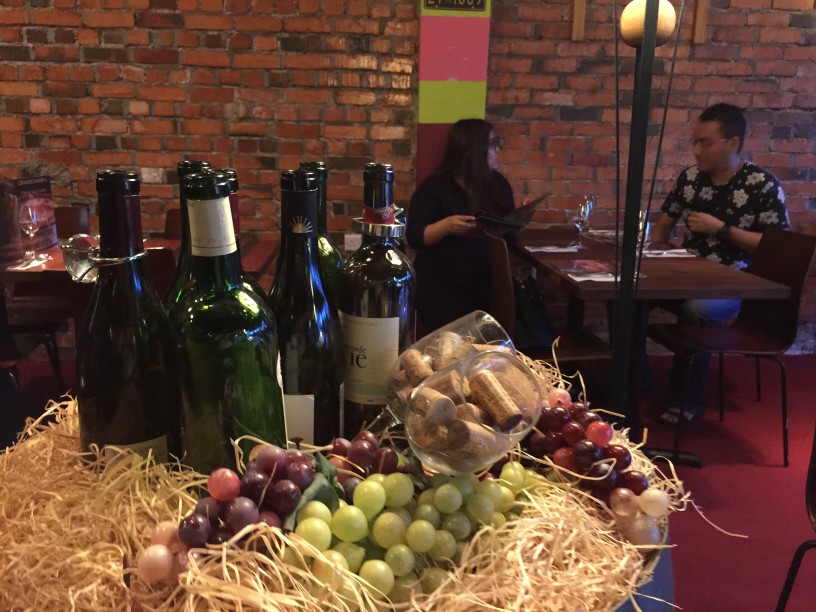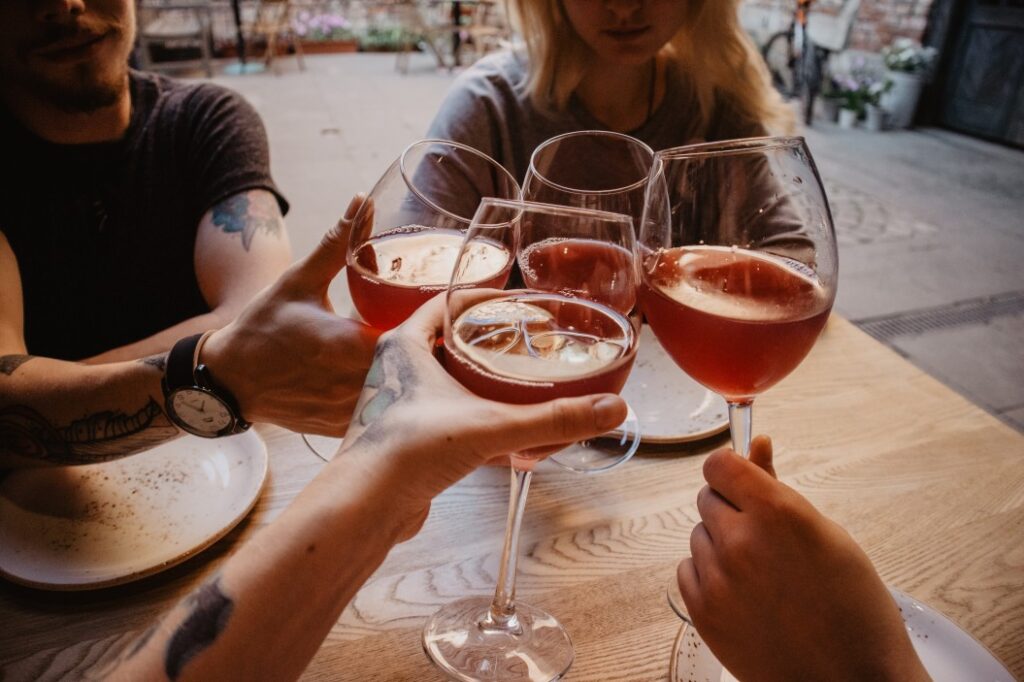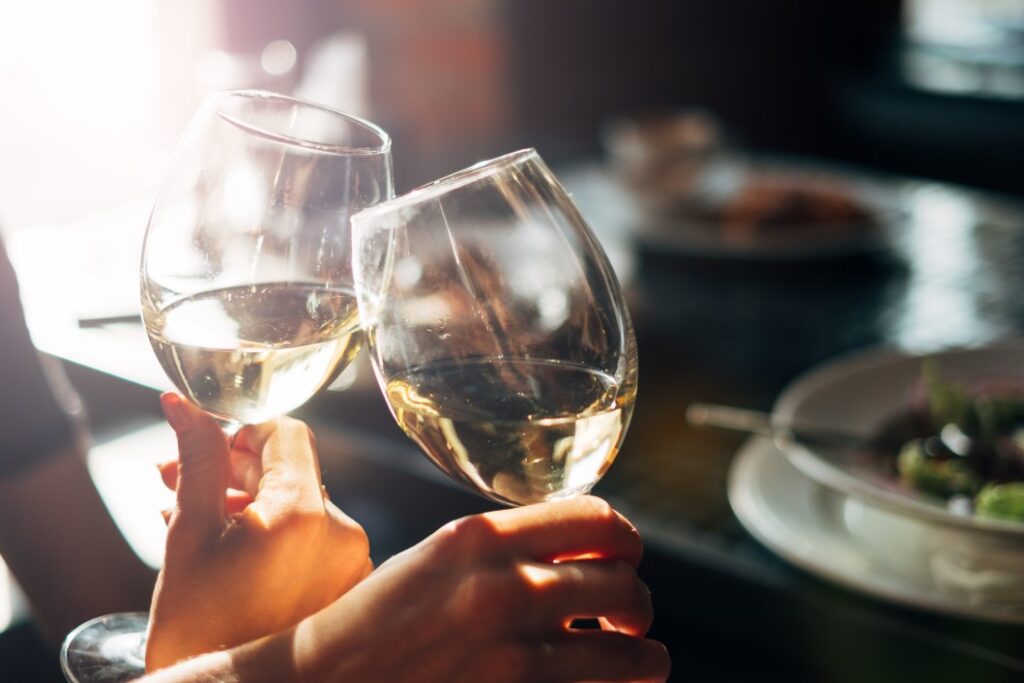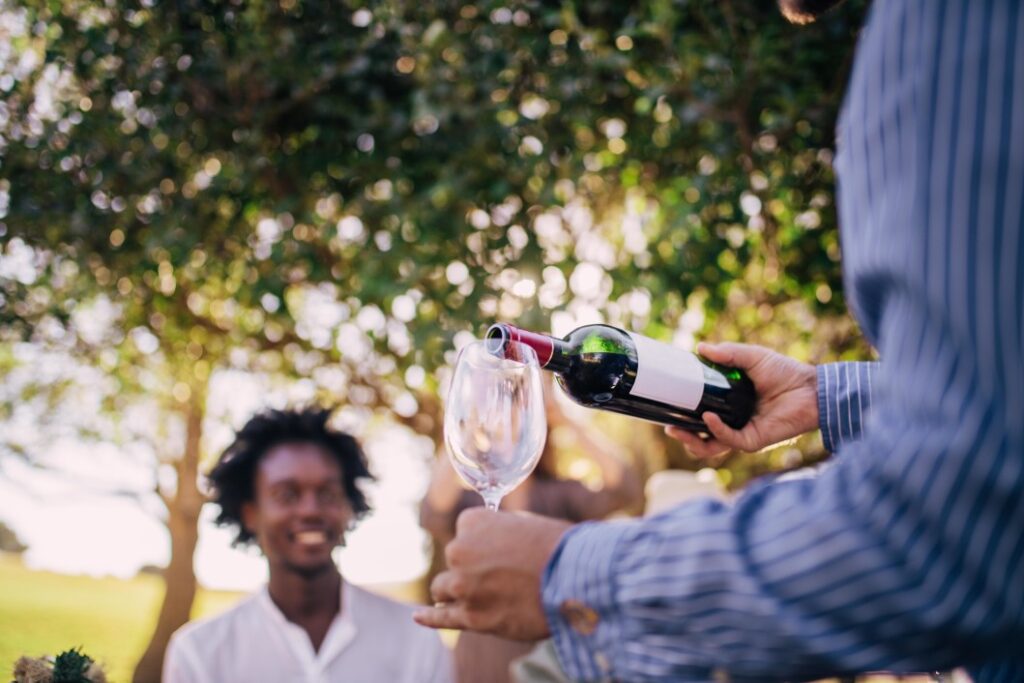It is notoriously difficult to calculate wine markups in restaurants. The average profit margin in the industry is about 70%. It varies widely by region and price point, but this article aims to answer the question: “How much is the markup on wine in restaurants?”
Average markup
Wine is one of the most profitable items for restaurants to sell, but it can be tricky to decide which wine to serve. The markup for wine bottles is typically about two to three times the wholesale price. However, some restaurants mark up their bottles by as much as four times. These markups are generally lower than for spirits. This is because it is easier to sell and open wine bottles than to mix cocktails. It is also easier to serve wine than beer at the end of a meal.
Restaurants can negotiate lower prices with wholesalers, even though the markup is high. In fact, many restaurants charge up to three times the retail price of wine. They can sell more bottles at a lower price by lowering the markup. They still make a profit on the wine this way.
Most restaurants use a graduated marking system when it comes to wine prices. For example, a $10 bottle of wine may be marked up to $30, and a $50 bottle can cost $80. This trend isn’t new, but it is becoming more popular in restaurants. Ten years ago, restaurants charged three times the wholesale price for wine. This is no longer true. Because of consumer feedback, restaurants are able to charge these prices.
Reasons for Markup
Restaurants can charge outrageous prices for wine. But there are a few reasons that a restaurant might need to make a profit. First, markups must be able to cover costs such as labor, wait staff, rent, and decor. Second, markups can be temporary, so you may have to pay more the next time you visit.
Restaurants have a tendency to markup their wines higher than retail prices. This is not necessarily the case for all restaurants. The average markup for a restaurant is three times the wholesale price and twice that of the retail price. Moreover, markups decrease as the wholesale price decreases, which helps restaurants sell more expensive wines.
Smartphone apps make it easier to weigh restaurant credentials. Wine Search, for example, allows you to calculate restaurant wine markups. It can help you determine which restaurants are charging higher prices and which ones are not. If you are concerned about the restaurant’s profit margin, don’t hesitate to ask for the price of a bottle of wine before the meal begins. You can save a lot of money by using your smartphone to price restaurant wines.
The second reason that wine prices are marked up is that many customers don’t want to look cheap. They choose the cheapest bottle, which is usually the most expensive. This tactic allows restaurants to profit from the human tendency to be impulsive.
Price points
When choosing a restaurant, it is important to consider the price of wine. While many consumers choose to come to a restaurant for the food, they do not necessarily know what they will have to pay for the wine. In addition, restaurants often have access to rare and specialty wines that are not available in retail distribution. Restaurants often have access to rare and older wines that are not easily found elsewhere. Knowing the price of wine before ordering allows consumers to justify the cost of the wine and the price.
Restaurants often mark up wine prices 30 or even 300 percent over the retail price. Prices can range from $15 to $25. Specialty wines can also have a markup of up to 400 percent. The high cost of specialty wines is not necessarily bad for the restaurant’s bottom line. They may even increase sales.
The best value in a bottle of wine is in the middle. While many people choose to buy the most expensive wines, the middle-range wines are often more valuable than the most expensive.
Localization
Many consumers are concerned about wine markup in restaurants. Restaurants charge up to 300% more for wine than the retail price. Restaurants get their wine at a wholesale price and pass the higher markup on to customers. A typical house wine sells for PS4 at a wine shop and PS10 at a restaurant, which means that the restaurant makes a profit of PS6-7 per bottle.
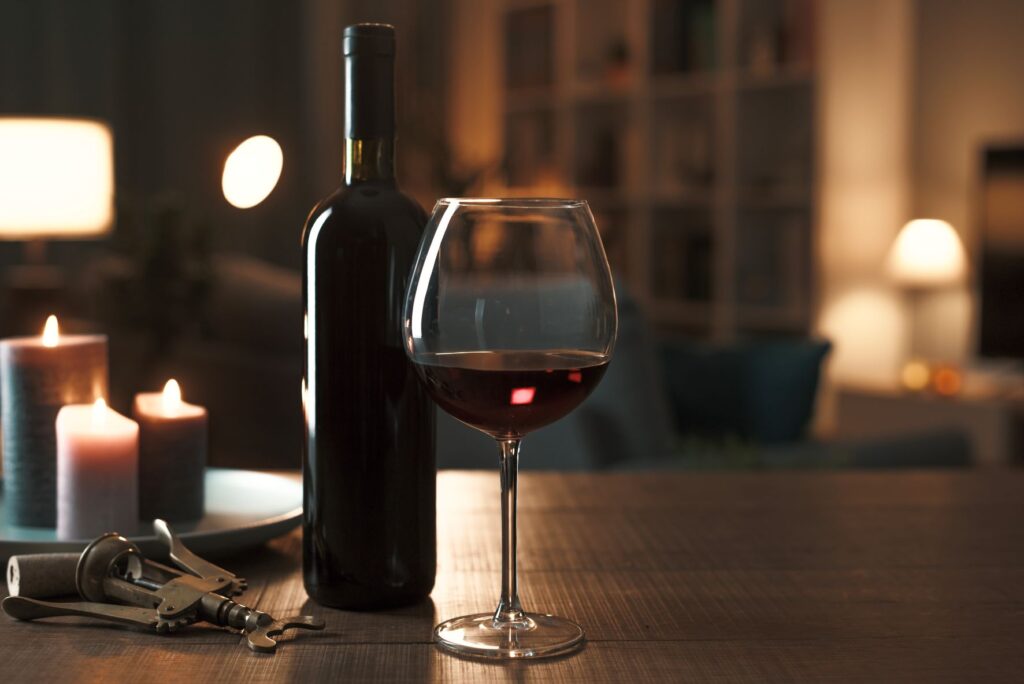
There are many differences in the markups on table wine. Restaurants often mark up table wine by more than three times its wholesale price, making the bottle of wine costing $20 twice as much as it would in a retail store. Restaurants also mark up other costs, such as glassware and staffing.
Although the markup may seem unfair it is an industry standard for restaurants making a profit. Decanter estimates that the industry profit margin for wine is 70%. However, with the proliferation of smartphones, it is easier to compare restaurant credentials and prices. Raisinable allows consumers to easily see how much wine is being charged by restaurants so that they can make an informed decision about whether the price is fair.
Size
Wine prices at restaurants have an inverse relationship with the markup. For the same amount of wine served, a restaurant will charge more for that bottle of wine than for the same bottle of wine served at home. The exception to this rule is the second-cheapest bottle on the menu. In other words, a restaurant with a 300% markup on its wine will charge more for that bottle than a restaurant with a 100% markup.
Restaurants usually mark up wine at 200 percent to 300 percent. This means that a $20 bottle wine can be priced anywhere from $60 to $80 depending on where it is served. The markup is calculated by dividing the list price of a bottle by the number of glasses it serves, usually six. The markup for the best-selling wines is usually closer to 300 percent, while the markup for less-priced bottles is closer to the 200 percent markup.
Wine retailers should keep their markups as low as possible, especially for wine that is not particularly popular. Even if the wine is only half its retail value, restaurants can still make a profit selling it by the glass. The size of wine markup at restaurants depends on a restaurant’s overall branding. Some restaurants aim to provide cheap food and low prices, and therefore will not wish to markup the price of wine. Restaurants with a unique wine selection may be able to adjust the markup if necessary.
Natural wines
In New York, the natural wine market is booming. New Yorkers share with those in the West Coast an interest in regional food production and winemaking. Sommeliers are always looking for new wines from the fringes of the wine industry. Natural wines can be more expensive than regular wines. They are also more affordable than comparable wines from the same region. Moreover, they can be available to customers earlier, cutting down on inventory costs. Although most diners do not know the price of natural wines, many of them are willing to pay a little extra for a feeling of virtuousness.
However, restaurants are extremely sensitive to markup. If you see restaurants charging more than 300% of the wholesale price, you should probably consider lowering the price of the bottle or offering the wine by the glass for a more affordable price. If you are willing to offer a lower price, you might be able to get away with a 10% markup in some cases.
Fixed cash margin
In many restaurant businesses, the fixed cash margin on wine is a significant factor in the profitability of the business. In some cases, the fixed cash margin can be as much as 300%. Restaurants are sensitive to price. It is a good idea to reduce this markup to 100% or less. Restaurants can continue to make their wine programs profitable and run smoothly.
Different types of restaurants might have different fixed cash margins on wine. For example, in Utah, restaurants must purchase wine from the state-run liquor store. Meanwhile, in Tennessee, restaurants are taxed fifteen percent extra on top of their regular sales tax. These differences make wine pricing in different states difficult. Additionally, wholesalers may have to quote the same price for all restaurants. This can complicate the situation. However, in some cases, restaurants can negotiate better wholesale prices with their wholesalers.
Imagine that you sell 18 bottles each week of Sauvignon Blanc BTG. You could charge $8 for a five-ounce glass of Sauvignon Blanc BTG, which would give you a profit of 19 or 27 percent. You would also make a profit of two dollars per bottle if you sold the wine twice a week.
